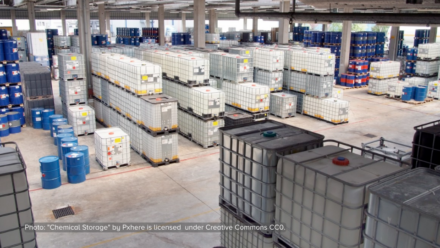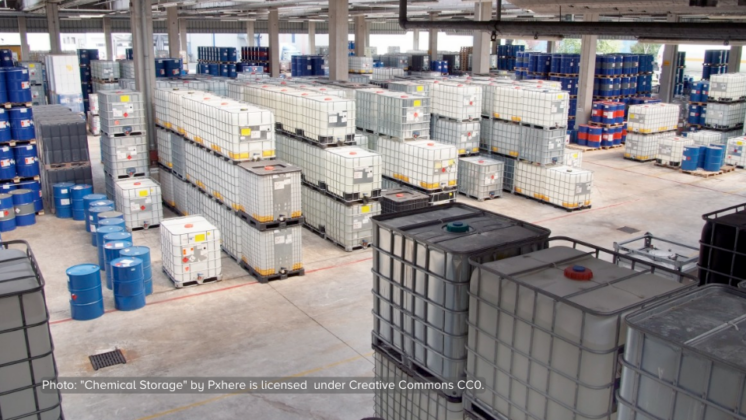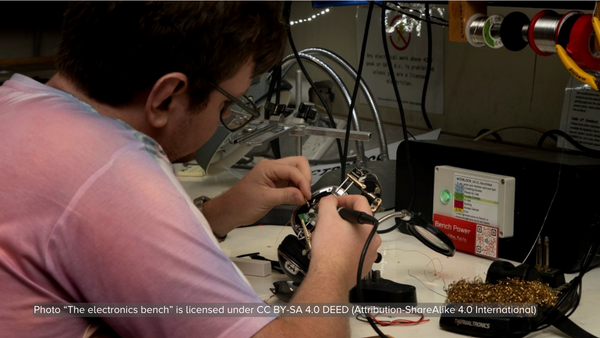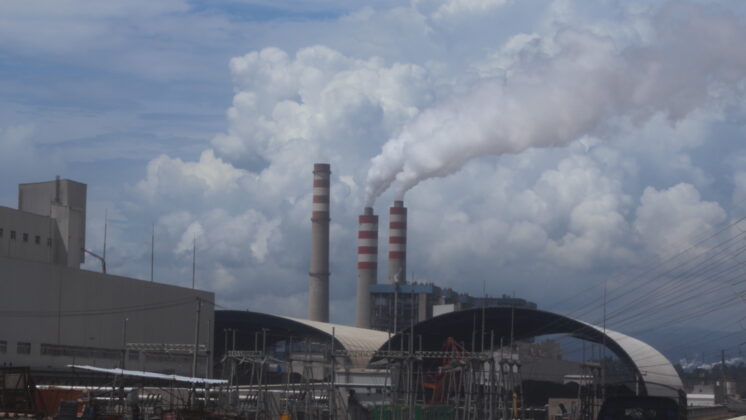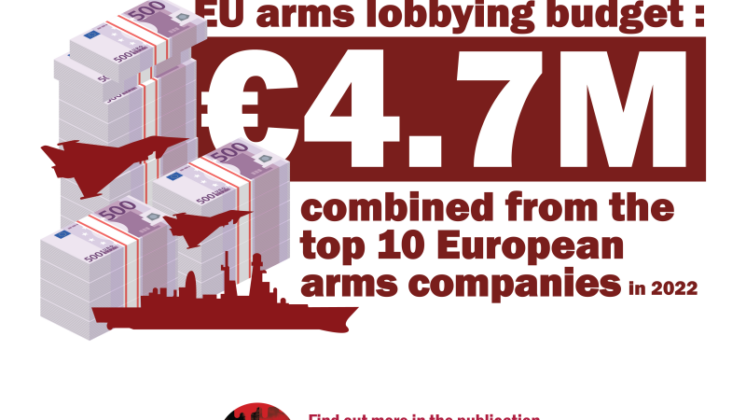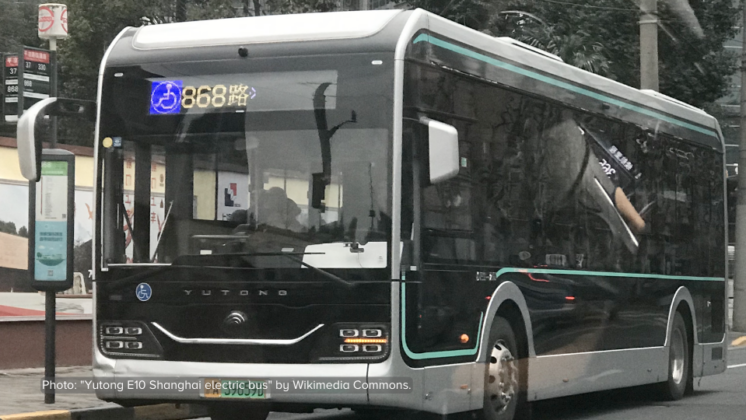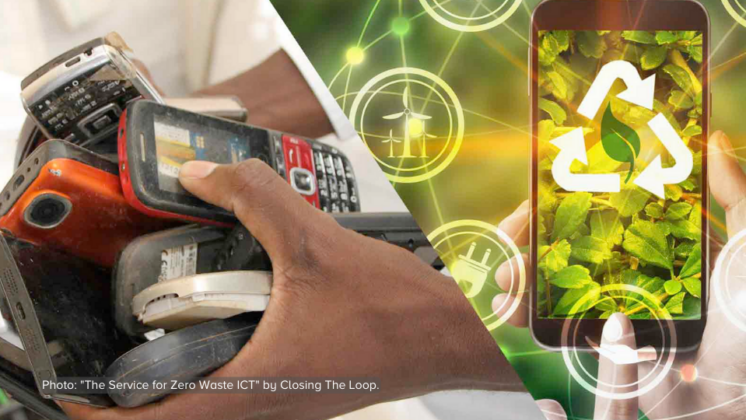Since August 2006 Greenpeace has assessed the environmental policies of consumer electronics companies through its “Guide to Greener Electronics”. Initially this quarterly publication focused on leading computer and mobile phone producers and their policies with regards to hazardous chemicals used in their products and the waste generated by their branded products. Since then the Guide has evolved to include the 18 top manufacturers of personal computers, mobile phones, televisions, and games consoles. It now assesses their policies on toxic chemicals, recycling, energy efficiency and climate change mitigation.
These reports have contributed towards motivating producers to take responsibility for the environmental impacts caused by modern consumer electronics. They have helped shape policies of many electronics companies that now far exceed policies that were in place in 2006 as well as legislative requirements. As companies have made increasingly stronger commitments to eliminate toxic chemicals, increase their products’ energy efficiency and improve their recycling efforts by embracing financial responsibility for their electronic waste, Greenpeace has sought to comprehensively assess the state of green products coming into the global marketplace, looking even beyond its initial criteria in the Guide to Greener Electronics. Using information submitted by companies in late 2007, Greenpeace published the first edition of its Green Products Survey in early 2008. Unlike the electronics Guide described above, which focuses on overall corporate policies and practice, this survey evaluates the products that the manufacturers themselves consider to be their greenest.
The first edition revealed no products that could claim the title of a truly green product, with only a few scores barely reaching a total score of 5 out of 10. In 2008, we invited the companies to submit their greenest models again, to find out if new product line-ups showed improved environmental performances, and to once again try to find the greenest electronic products on the market.
Companies choosing to participate in the 2008 survey are: Acer, Dell, Fujitsu Siemens, Hewlett Packard, Lenovo, LG Electronics, Motorola, Nokia, Panasonic, RIM/Blackberry, Sharp, Samsung, Sony, Sony Ericsson and Toshiba.
Unfortunately not all companies invited took the opportunity to showcase the environmental performance of their products. The companies that refused to take part in the survey were: Apple, Asus, Microsoft, Nintendo, Palm and Philips.
Because Microsoft and Nintendo opted not to take part in the survey, and only Sony submitted game consoles for review, it has not been possible to rank game consoles.In addition to desktop and notebook computers, mobile phones and smart phones, which were also assessed in 2007, the categories of LCD and plasma screen televisions and LCD computer monitors have been included in this edition. In total we received 50 products from 15 companies.
The products submitted were assessed against four broad groups of criteria:
• Use of hazardous chemical substances, including polyvinyl chloride (PVC), brominated flame retardants (BFRs), antimony, phthalates, beryllium and a number of other chemicals.
• Power consumption of the products, assessed by comparing them with the Energy Star standards of the US EnvironmentalProtection Agency. Points were also given for a number of
other areas such as providing detailed power consumption data to consumers.
• Product lifecycle, including criteria such as recyclability rate and use of recycled plastic in the product. Long warranty periods and good take-back programmes were also rewarded.
• Availability of data that enables assessment of the energy taken to manufacture the products as well as special innovations that help to reduce the total burden on the environment.
One of many interesting observations in the survey concerns the lifecycle analysis. GreenPeace argues that there is an urgent need to work towards an industry-wide standard of lifecycle analysis that encompasses the use of energy and natural resources across the entire chain of production – from mining, manufacture and distribution to consumption and end-of-life treatment. In the meantime, companies should develop their own analysis that covers the entire product lifecycle. This view coincides with the stand of makeITfair. For more details see the makeITfair List of principles on the extractive phase of the electronics supply chain.

